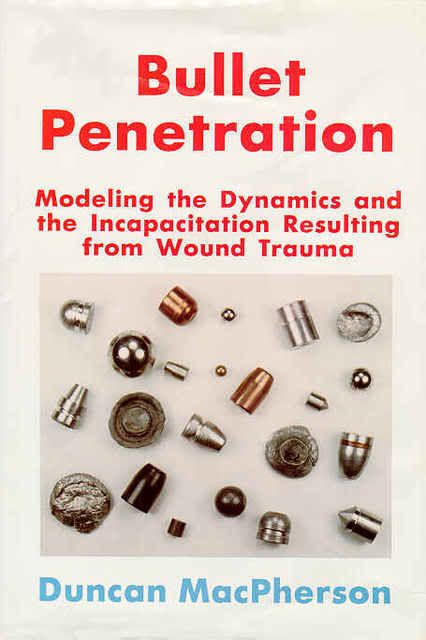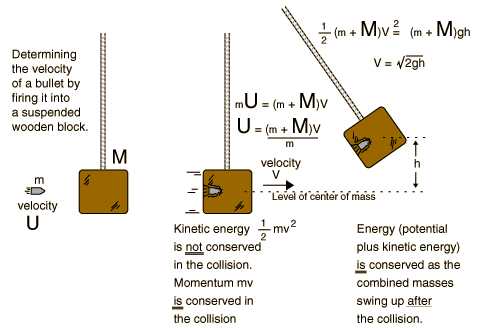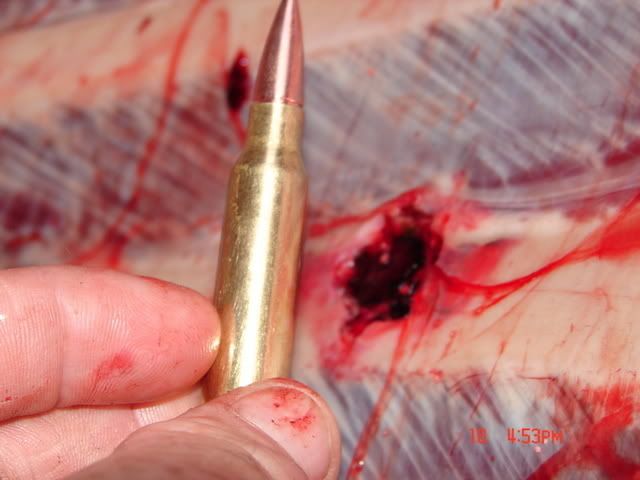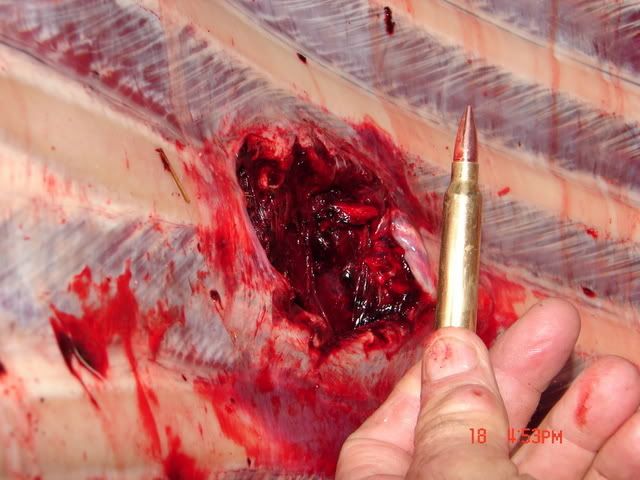Yes indeed physics does apply, unfortunately you have missed the mark in applying physics. A perfect inelastic collision the colliding bodies stick together.
A bullet strike is an inelastic collision and energy is not conserved in inelastic collisions. A elastic collision the colliding bodies remain in motion after the collision and energy is conserved in this type collision
Momentum is conserved in all collisions. The type of bullet used has nothing whatsoever to do with energy conservation or energy transfer.
MacPherson spends an entire chapter explaining this.

This is a diagram of a ballistics pendulum and it shows conclusively that energy is not conserved but momentum is conserved. Energy mostly transforms (not transferring) into other forms of energy, mostly thermal, some to sound, etc.

Kinetic energy is not the primary factor in creating a wound channel as these picture clearly demonstrate
This one is of the exit in the offside rib cage of a 6X7 bull Elk. I am holding a loaded 300 win mag for size comparison. The impact velocity was about 2600 FPS calculating to 2700 FPE at impact

This is the exit of a 440 grain flat point hard cast at an advertised velocity of 950 FPS for a calculated 888 FPE
Again the loaded 300 win for size comparison
This is the same elk as the picture above

The pictures clearly show that the bullet with the most energy created the smaller wound